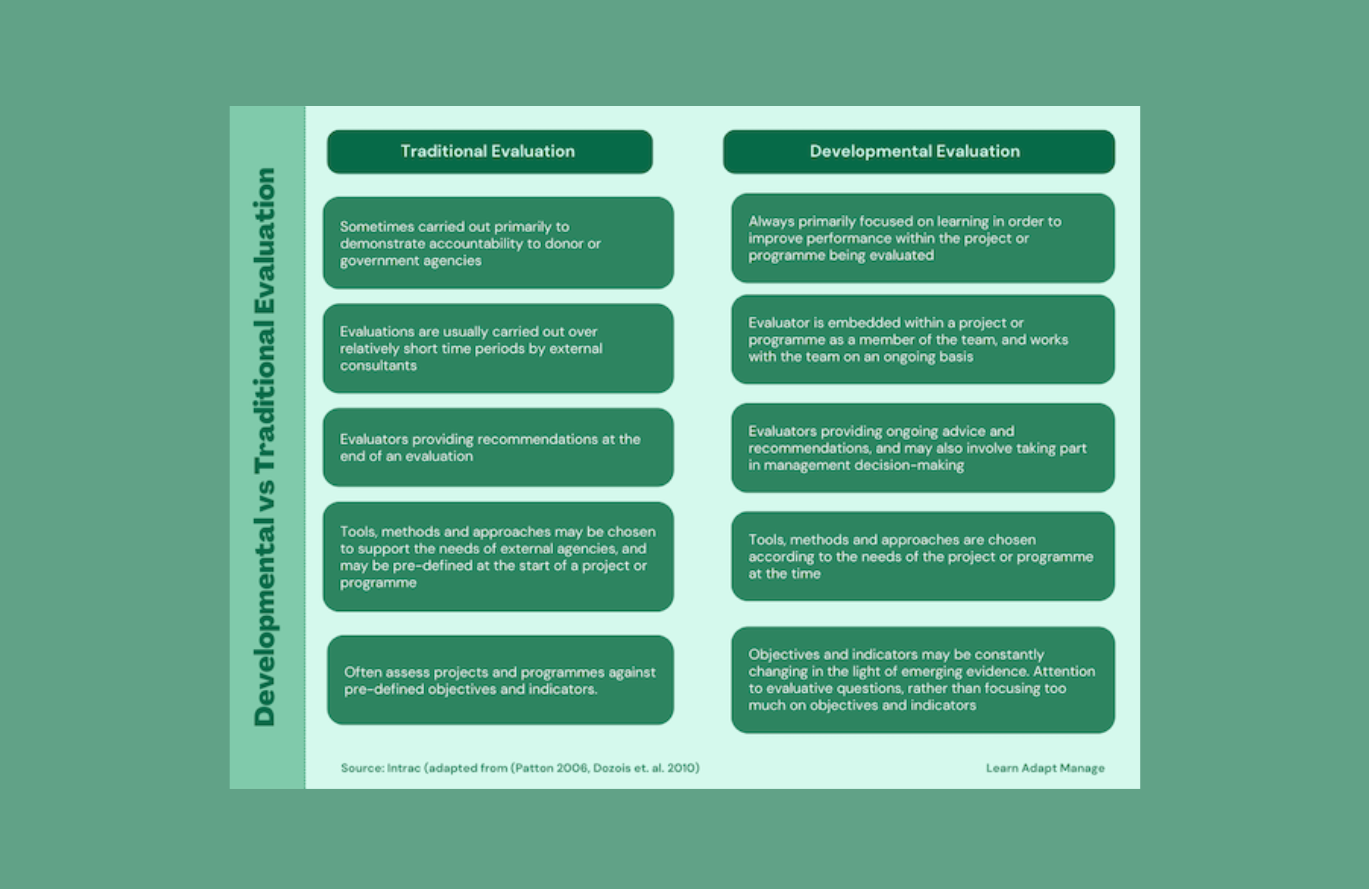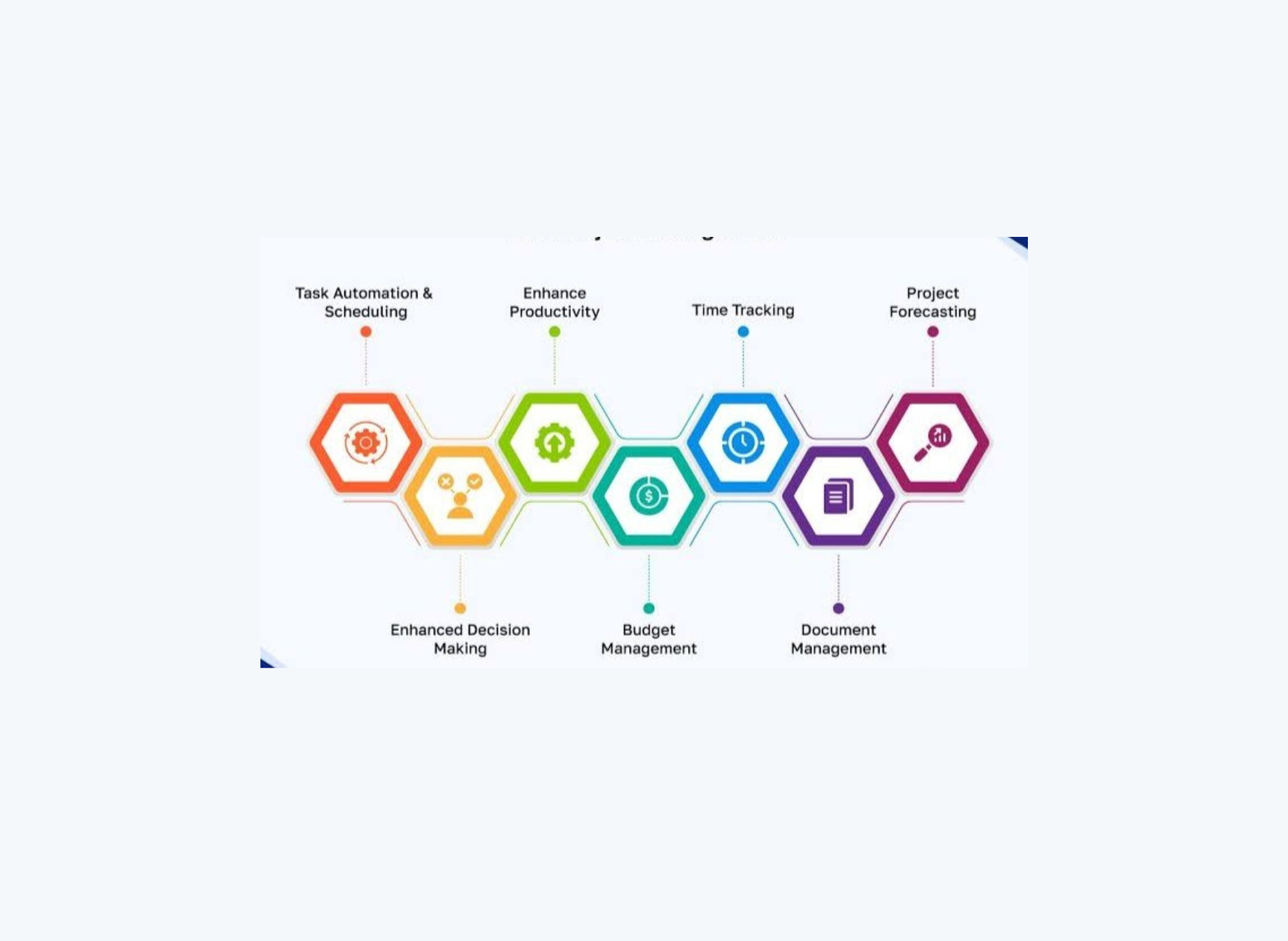Developmental Evaluation is a concept first promoted by Michael Patton. It involves long-term relationships between evaluators and project or programme staff. In developmental evaluation, the job of the evaluator is to facilitate discussions around evaluative questions, and encourage project / programme managers and staff to continuously collect, analyse and use information in order to support ongoing decision-making.
Development evaluation is therefore an approach to evaluation that is particularly appropriate for work in complex or uncertain environments, where evidence-based decision-making is required throughout a project or programme. INTRAC
Coined by Dr. Michael Quinn Patton, DE is an approach to continuous adaptation of interventions through the use of evaluative thinking and feedback. It includes having one or more evaluators embedded in program teams, ideally on a full-time basis; and working with teams to contribute to modifications in program design and targeted outcomes throughout implementation.
DEs are methodologically agnostic and utilization focused. Deploying various data collection activities and methods on an as-needed basis, Evaluators facilitate real-time, evidence-based reflection and decision-making (Implementing Developmental Evaluation: A Practical Guide for Evaluators and Administrators. (2019) U.S. Agency for International Development.)
When should you use DE?
Your program operates in uncertain situations where the external environment is constantly changing. The route to change is non-linear and cannot easily be predicted beforehand.
The program is primarily concerned with innovation, replication, or mainstreaming. Rather than following established pathways to change, the key is to assess what works and what doesn’t.
Implementation requires collaboration amongst many different stakeholders from different organizations or sectors.
DE is the right fit if there is buy-in from decision-makers and implementers.
DE is the right fit if the project’s procurement mechanisms allow for flexibility in implementation.













Leave a Reply